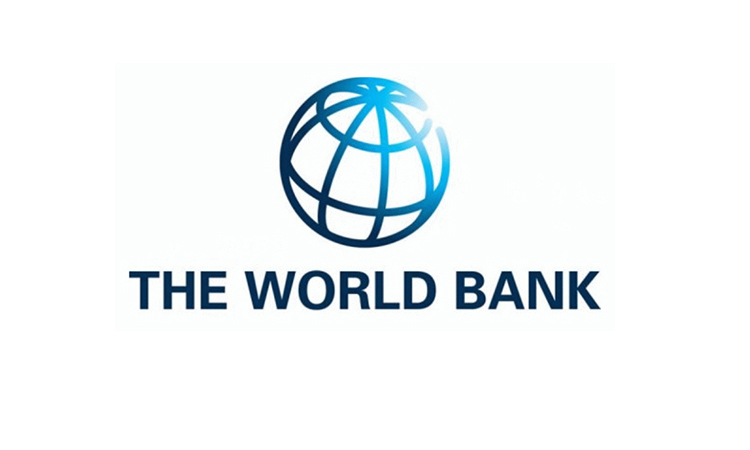News Flash

DHAKA, October 07, 2025 (BSS) - The economy of Bangladesh demonstrated a significant recovery during the second half of fiscal year 2024-‘25 (FY25), observed the World Bank (WB) in its new update, released today.
According to the WB analysis, this economic recovery was supported by several positive trends, including strong exports, record remittances, and an increase in foreign exchange reserves.
The latest Bangladesh Development Update stated that the country is expected to maintain an upward growth trajectory in the medium term, but urgent reforms are critical to sustaining growth and job creation—especially for youth and women.
It projects GDP growth to rise to 4.8 percent in FY26 from 4.0 percent in FY25 and to reach 6.3 percent in FY27.
External pressures eased in FY25 as a market-based exchange rate was adopted, foreign exchange reserves stabilized, the current account deficit narrowed, and exports grew robustly. Inflation moderated on the back of tight monetary policy, lower essential food import duties, and strong harvests.
However, the fiscal deficit widened amid weak tax revenue and higher subsidies and interest payments.
Poverty increased between 2023 and 2024, and labour force participation fell from 60.9 to 58.9 percent, with women disproportionately affected. Of the three million additional working-age people outside the labour force, 2.4 million were women.
“The economy has shown resilience, but this cannot be taken for granted,” said Jean Pesme, World Bank Division Director for Bangladesh and Bhutan.
‘To ensure a strong growth path and more and better jobs, Bangladesh needs bold reforms and faster implementation to address enhance domestic revenue mobilization, banking sector vulnerabilities, reduce energy subsidies, plan urbanization, and improve the investment climate,” he added.
Over the past two decades, Bangladesh has witnessed significant shifts in the geography of employment, population growth, and infrastructure development, with industrial jobs increasingly concentrated in Dhaka and Chattogram.
The report calls for an urgent rethinking of spatial development strategies with a focus on reducing regional disparities as way of supporting inclusive job creation nationwide.
The Bangladesh Development Update is a companion piece to the South Asia Development Update, a twice-yearly World Bank report—also launched today—that examines economic developments and prospects in the South Asia region and analyzes policy challenges countries face.
The October 2025 edition titled Jobs, AI, and Trade shows growth in South Asia is projected to be robust at 6.6 percent this year—but a significant slowdown looms on the horizon.
The report examines how reforms to promote trade openness and AI adoption could help the region create jobs and catalyze growth.
“South Asia has enormous economic potential and is still the fastest growing region in the world. But countries need to proactively address risks to growth,” said Johannes Zutt, World Bank Vice-President for South Asia.
“Countries can boost productivity, spur private investment, and create jobs for the region’s rapidly expanding workforce by maximizing the benefits of AI and lowering trade barriers, especially for intermediate goods,” he added.
South Asian countries rank among the least open to international trade and finance. The region’s high tariffs protect sectors where employment opportunities are shrinking.
On the other hand, sectors with lower tariffs, such as services, have accounted for three-quarters of employment growth during the past decade. Carefully sequenced tariff reductions, especially in the context of broader free trade agreements, could help boost private investment, increase competitiveness, and generate significant employment opportunities.
The report also recommends harnessing the potential of AI to boost productivity and incomes. South Asia’s workforce has limited exposure to AI adoption due to the predominance of low-skill, agricultural and manual jobs.
But AI could also bring substantial productivity gains, especially in sectors that have strong potential for AI to complement humans.
“Increasing trade openness and growing adoption of AI could be transformative for South Asia,” said Franziska Ohnsorge, World Bank Chief Economist for South Asia.
“Policy measures to facilitate the reallocation of workers across firms, activities, and locations can help channel resources to productive sectors and are critical for boosting investment and job creation in the region,” she added.